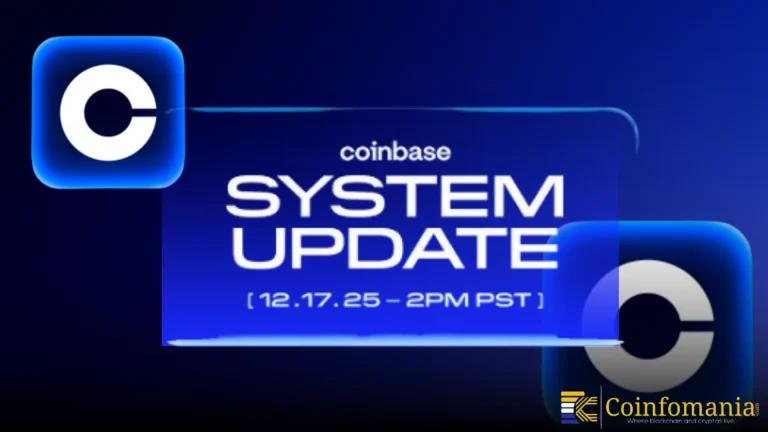Iran Partially Restores Internet After 62-Hour Blackout Amid Political Turmoil
Iran has begun partially restoring internet access after a 62-hour government-imposed shutdown, according to NetBlocks. While some areas are reconnected, nationwide connectivity remains below normal, raising concerns about digital repression and ongoing restrictions.

Quick Take
Summary is AI generated, newsroom reviewed.
Iran partially restores internet access after a 62-hour blackout
NetBlocks reports connectivity remains below normal levels
Outage coincided with political unrest, sparking censorship concerns
Citizens and businesses suffer from economic and social disruptions
After a nearly 62-hour nationwide internet blackout, Iran has begun to partially restore connectivity, though access remains limited and unstable across large swathes of the country. According to data from NetBlocks, metrics show that while some services are returning, overall connectivity still falls far below normal levels—indicating that the digital shutdown is far from fully lifted.
Patchy Signals and Lingering Restrictions
The blackout, which began earlier this week, effectively disconnected tens of millions of Iranians from the global internet. Messaging platforms, social media apps, and many websites were inaccessible during the peak of the disruption. While some urban areas like Tehran are now seeing a partial return of services, rural regions and outer provinces remain heavily restricted or entirely offline.
NetBlocks, which tracks global internet disruptions in real time, noted that the current state of connectivity reflects only a “partial restoration,” warning that it could be unstable or reversed entirely. Users have reported slow speeds, platform-specific blocks, and intermittent access, far from a return to normalcy.
Digital Blackouts as a Political Tool
While Iranian officials have not issued a formal explanation for the shutdown, the move coincided with growing political unrest, fueling speculation that it was used to prevent the spread of protest footage and limit public coordination. This is not the first time Iran has resorted to such a tactic; internet shutdowns have increasingly become a go-to tool during moments of internal crisis.
“Classic move during a crisis—cut the signal, control the story,” noted geopolitical analyst Mario Nawfal in an earlier commentary. The strategy aims to control the national narrative, block external scrutiny, and suppress dissent in real time.
Economic Toll and Public Backlash
The consequences of the blackout reach far beyond politics. Iran’s digital economy has taken a significant hit, with freelancers, small business owners, and online service providers unable to operate. Remote workers lost access to international clients, while students and educators found themselves abruptly cut off from virtual learning platforms.
According to NetBlocks, prolonged outages like this cost Iran millions of dollars in lost productivity and economic activity. For everyday Iranians, the outage was more than an inconvenience, it was a disruption of basic daily life.
International Criticism and Domestic Frustration
Human rights groups and internet freedom advocates were quick to condemn the shutdown. Organizations such as Access Now have called on the international community to pressure Iranian authorities to uphold open internet access as a fundamental right.
Inside Iran, frustration continues to mount. Many citizens see the blackout not just as a technical barrier, but as a symbol of state control and repression. With only partial connectivity restored, concerns are growing that similar shutdowns may become a recurring strategy in the face of dissent.
Conclusion: Partial Signal, Full Message
Iran’s limited restoration of internet access is a step forward, but far from a resolution. With connectivity still patchy and highly restricted, the country remains digitally isolated in many regions. For now, the signal is back, but the silence of suppression still lingers in the static.
Follow us on Google News
Get the latest crypto insights and updates.
Related Posts

Coinbase Signals Major Global System Update With Simultaneous Worldwide Launch
Triparna Baishnab
Author

Hyperliquid Faces Defining Moment as Governance Vote Targets Massive HYPE Token Burn
Triparna Baishnab
Author

Whale Capitulation Hits ASTER as Large Holder Locks in $667K Loss
Triparna Baishnab
Author